Fried rice is an easy to prepare and well enjoyed meal for just about everyone. The earliest records of fried rice cooking originates in ancient Eastern China where it became popular as a way of repurposing leftover rice and other food leftovers to become a meal in itself. It’s popularity has grown to what we know if it today, a stand alone dish that can be found in almost every Asian restaurant around the globe.
Most people associate fried rice with Chinese cuisine but it is actually more broad than that. Most Asian countries have their own variation of the fried rice dish each with specific ingredients, cooking styles and overall taste. What follows are a list of some of the different ways fried rice is interpreted by each country.
Nasi Goreng (Indonesia)
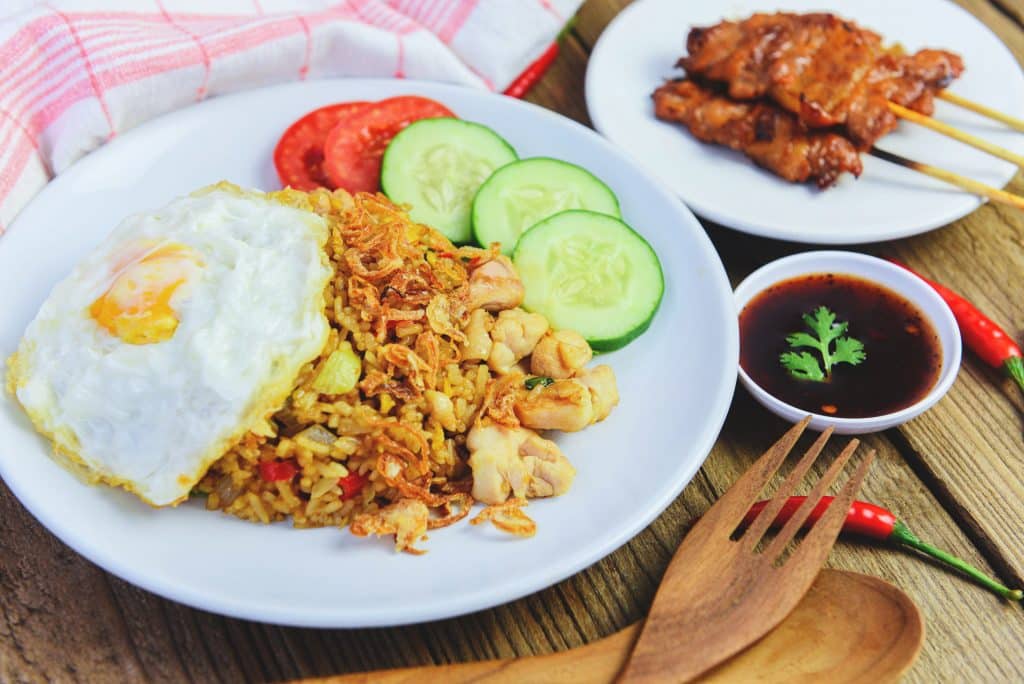
Probably on every Indonesian menu you will find and rarely fails to satisfy. It’s a fried rice dish that is quick, easy and versatile. Like Chinese fried rice it is a way to use a wide range of leftover ingredients. Originating in Chinese communities within Indonesia it has evolved to become a staple menu item which can be served throughout the day. Nasi goreng is distinguishable from other fried rice dishes in that it incorporates Kecap Manis. This is an Indonesian soy sauce made from warming spices such as cloves and cinnamon to produce a thick sweet condiment. It adds a slightly smokey tone to the fried rice meal which is often accompanied by sambal (a chili sauce that gives piquancy to the dish). The meal is then usually finished off with a fried egg served on top of the rice, and a side portion of fresh vegetables.
Kimchi Fried Rice (South Korea)
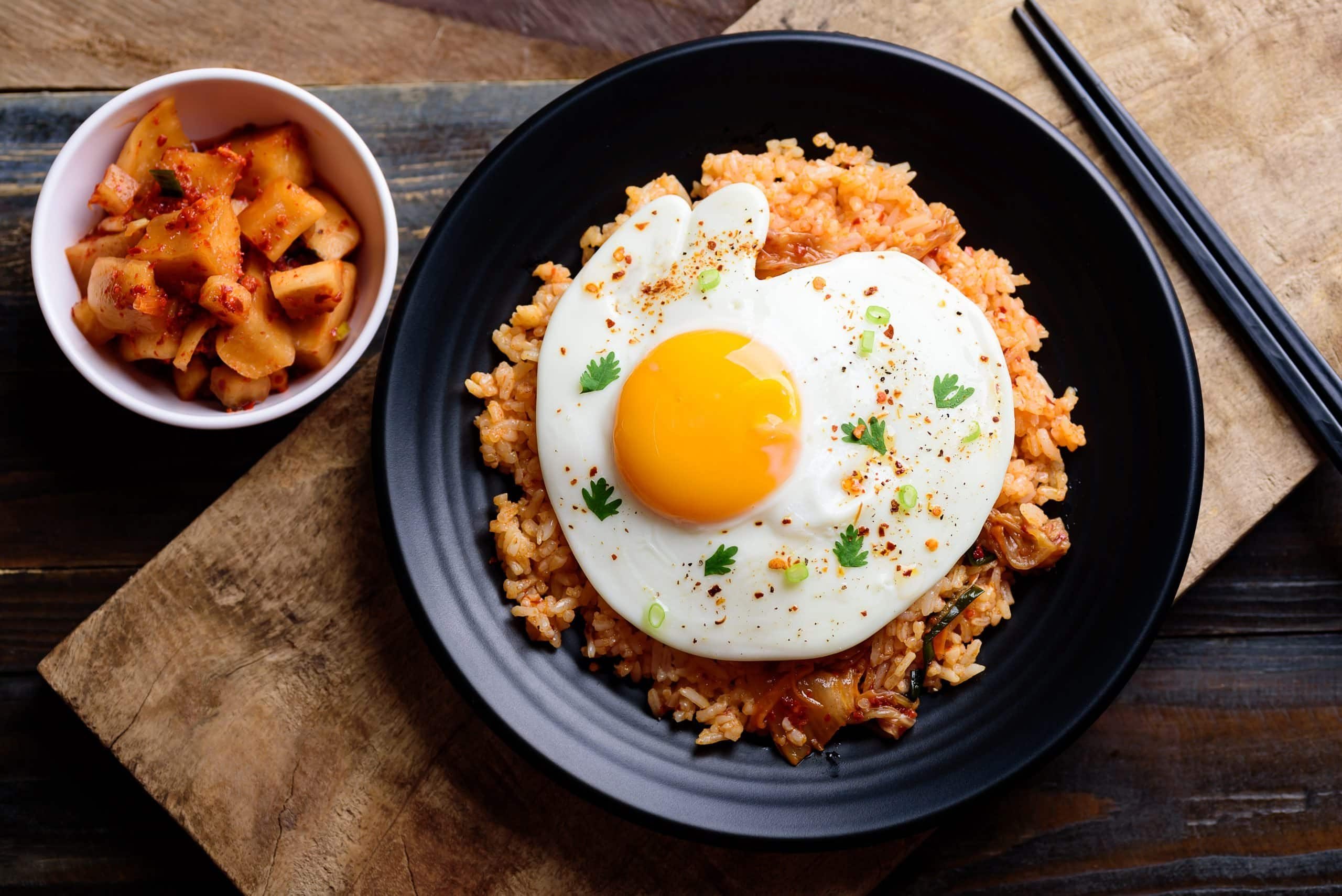
Kimchi (salted and fermented vegetables, often made with cabbage) is a staple in Korean cuisine. It can be used to flavour dishes. such as kimchi fried rice. It’s basically created by frying kimchi with rice. This produces a fried rice dish with an unmistakable tangy flavour, and can enhance the saltiness of the rice without having to reach for the soy sauce. Using kimchi in fried rice is also an excellent way to increase your probiotic intake, which your gut and immune system. Usually garlic and ginger can be added to boost the flavour profile along with further Korean flavours such as gochujang (a fermented red pepper paste). Ideally this is mixed with butter and put onto the top of the fried rice to produce both a spicy kick and a more luxurious texture. Finally, protein such as bacon and other pork cuts pair well with bold flavours.
Khao Pad Sapparod (Thailand)
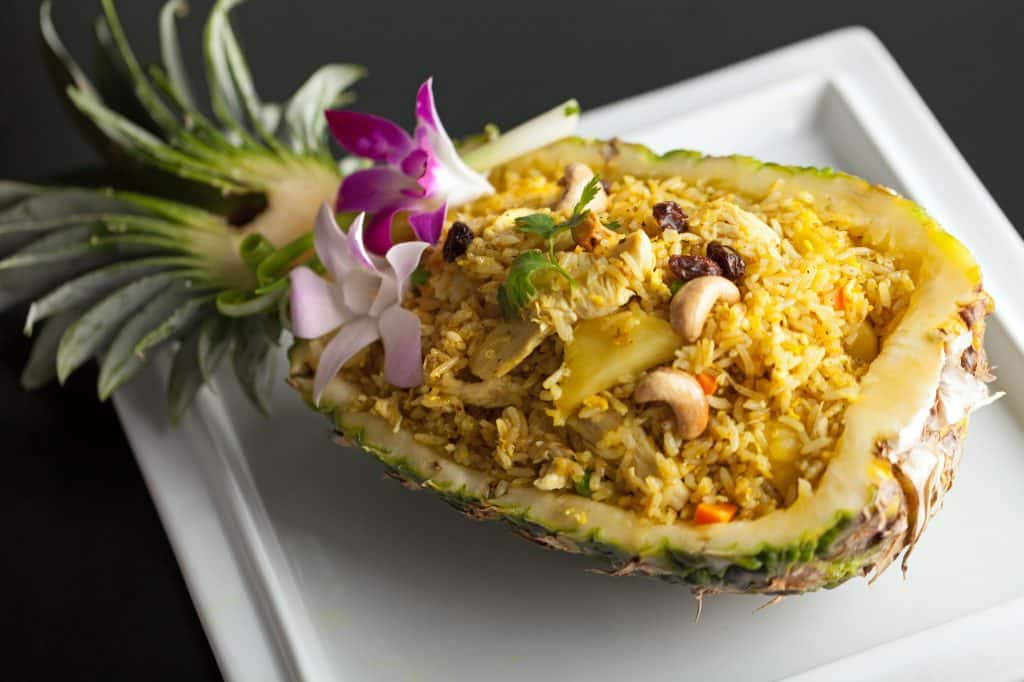
The Thai take on fried rice, will have eyes popping as it comes to the table compared to the usual plainer looking fried rice variations.. Khao pad sapparod is, in our opinion, one of the better fried rice dishes which is notable for its serving style. Often served piping hot with the fried rice piled into a halved, hollowed-out pineapple. This method of delivering the rice to hungry mouths isn’t just for aesthetic flair but also allows the fried rice to soak up a some sweetness which broadens the fried rice flavour profile. Like many fried rice dishes, Khao pad sapparod apparently has it’s origins in the Thai-Chinese community, and this is reflected in its flavours and preparation method. The dish combines the cooking style of classic fried rice with typical Thai ingredients like fish sauce. soy sauce and oyster sauce. Garlic and coriander are often added along with a range of proteins. Jasmine rice is the most typically used grain and it is advised for best enjoyment to be prepared in advance and left to dry out slightly before being fried to perfection.
Vagharelo Bhaat (India)
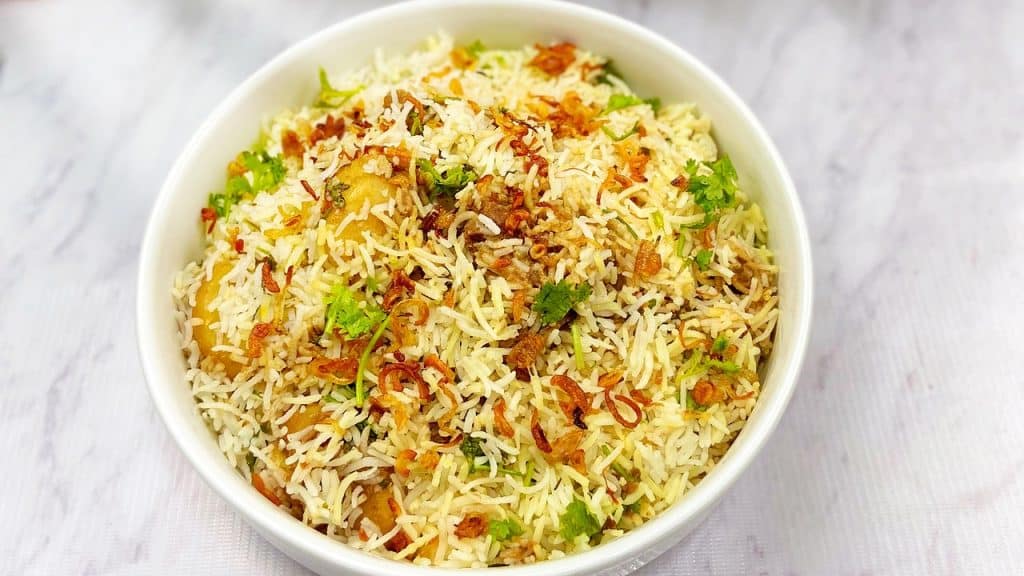
Most Indian cuisine involves rice. It can be served both as a side dish and as a main dish, such as in biryani dishes. Typically, when you imagine Indian food you don’t think of fried rice, however India has a large diverse culinary scope where, in certain parts of the country, like Gujarat, fried rice dishes are commonly found on the menu. With subtle and sweet flavours dishes from Gujarati commonly use rice (of the basmati grain) and gentle spices which are combined to make Vagharelo Bhaat (means fried rice in Gujarati). This style of fried rice is a good way to use leftover basmati rice from a previous meal. The fried rice combines everyday Indian spices like cumin seeds, turmeric, and red chili powder along with garlic and red onions. Paneer is most often used for the protein in keeping with Gujarat’s primarily vegetarian offerings. The dish is made by first sautéing the spices, vegetables, and aromatics together, throwing in cashew nuts to add some crunch (optional). The protein is then added followed by the rice and combined when fried and when ready to serve it is finished off with a dash of coriander on top.
Fujian Fried Rice (China)
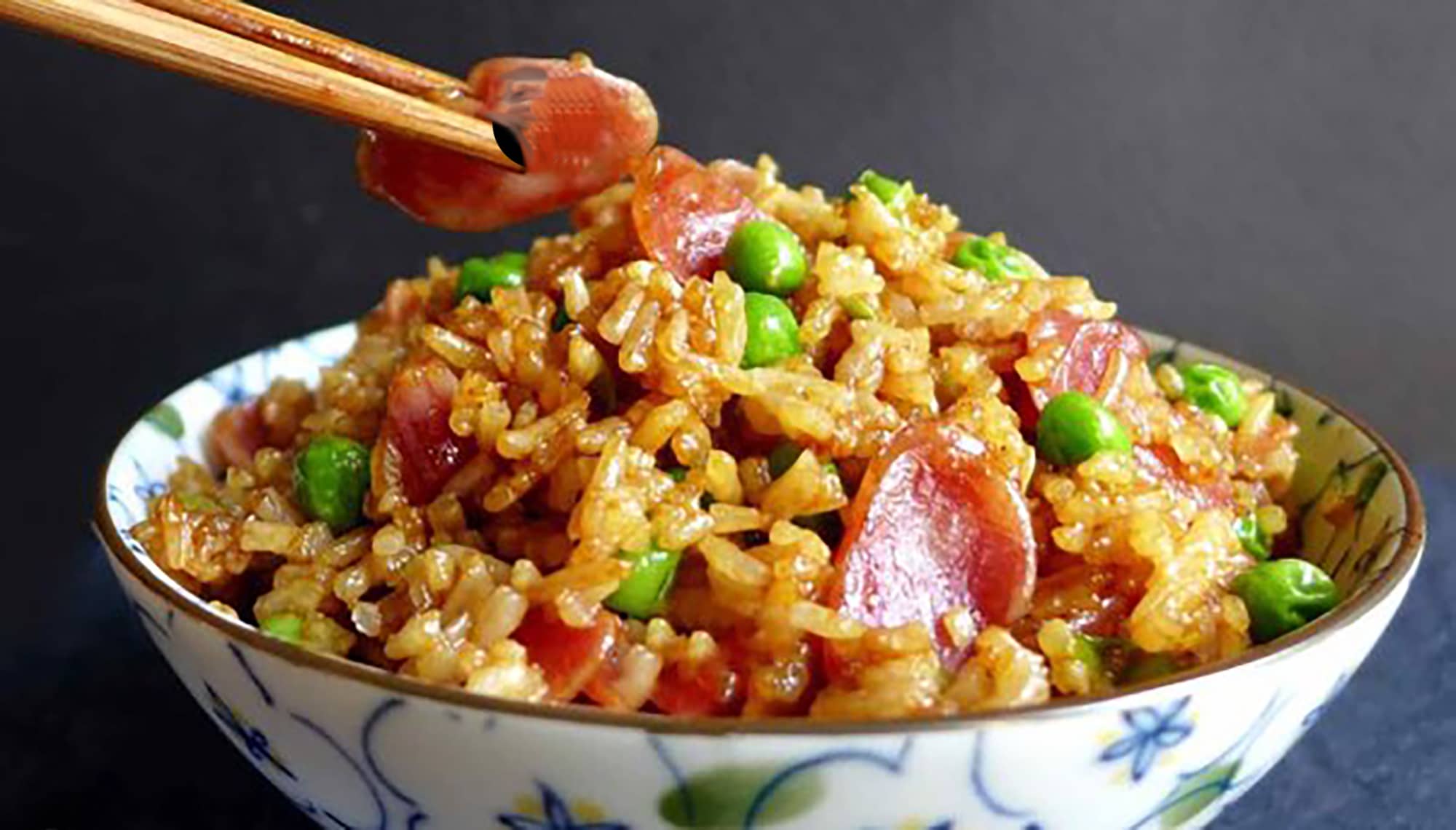
Chinese fried rice is not a one recipe fits all kind of dish. Although standard takeout fried rice can be similar regardless of where you order it, traditional Chinese fried rice has distinct versions depending on which region of China it originates The Fujian province, situated in the South East of the country, has fried rice that is slightly different from the Chinese food bought from regular Chinese take away restaurants. Fujian fried rice often incorporates seafood in a style typical of the coastal Fujian province. However, the most striking thing about Fujian fried rice is its wetness and this fried rice variation is made by frying together rice, eggs, and seasonings in a very hot wok. The proteins and vegetables are then added and all fried with liquid (adding cornstarch to make a thick, shiny sauce). This sauce is then poured over the dry rice and all of it is normally served on a large plate. Adding five-spice powder helps to give the meal an aromatic edge should an extra flavour level be needed.
Nigerian Fried Rice (Nigeria)
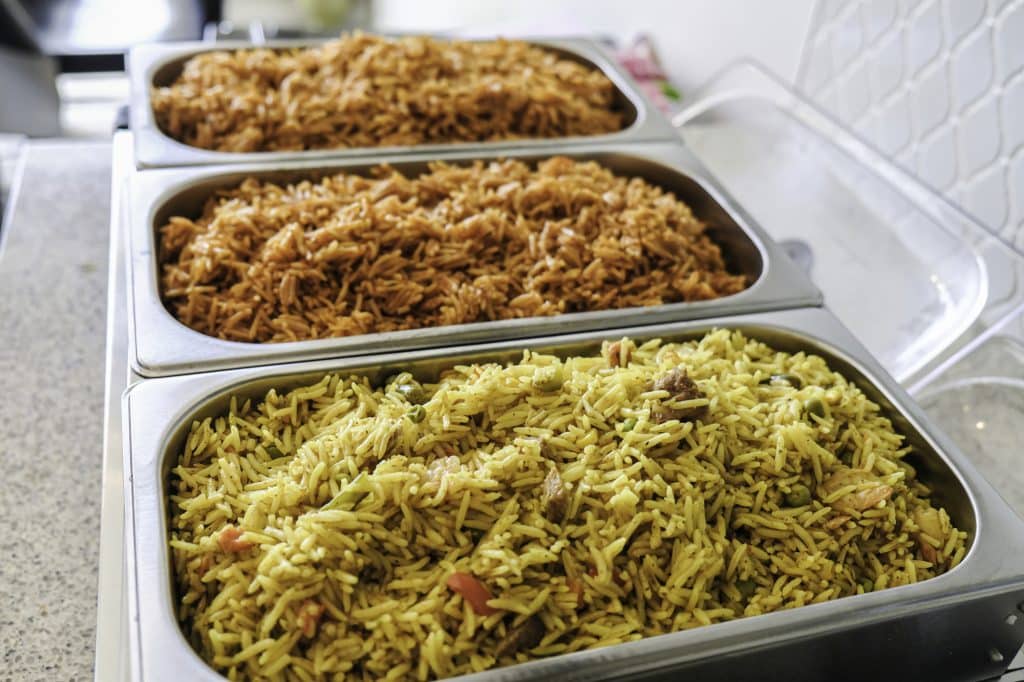
Fried rice dishes are not only common across the Asian continent but other countries across the world have their interpretation. Nigerian fried rice is a style which utilises flavours that are quite different from Chinese fried rice. In contrast to Chinese-style fried rice which tends to include flavours of soy, egg, and whatever vegetables you have on hand, the Nigerian-style fried rice ramps up the spice. It does this by adding curry powder, dried chilies and turmeric along with the herbal hints of thyme. The preparation for the rice itself, even before you fry it, is also different as it’s generally prepared using long-grain or basmati rice cooked in a stock that is flavoured with curry powder and ginger which permeates the rice. As with Chinese fried rice, a range of protein options can also be added to the dish. Vegetables are also frequently added, to provide flavour, fiber, and crunch.
Yangzhou Fried Rice (China)
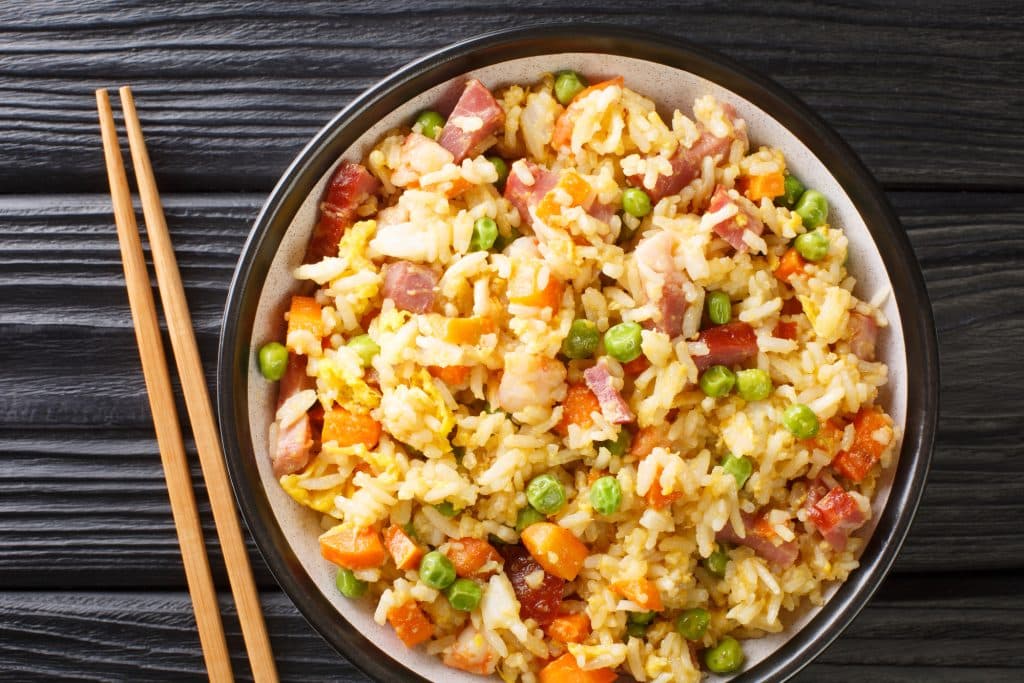
Classic Chinese fried rice is thought to have been born in the city of Yangzhou however fried rice of this type is a distinct style of its own. It’s very similar to golden fried rice, where each rice grain is coated in egg yolk, giving it a lustrous color. However, while a classic golden fried rice dish is generally made without any additions, Yangzhou fried rice is packed full of other ingredients. Crucially, Yangzhou fried rice frequently contains multiple protein sources, all coming together to create a multi-layered flavour. It’s also important to remember that, unlike other types of fried rice, here the eggs and rice are cooked together. The rice is added when the eggs are partially cooked in the smoking hot wok. By doing this, the rice becomes gently enveloped by the still-soft egg, giving the whole dish a golden hue. The whole dish is flavoured with a combination of stock and Shaoxing wine, and the result is a vibrant plate of food that the entire family can enjoy.
Arroz Chaufa De Pollo (Peru)
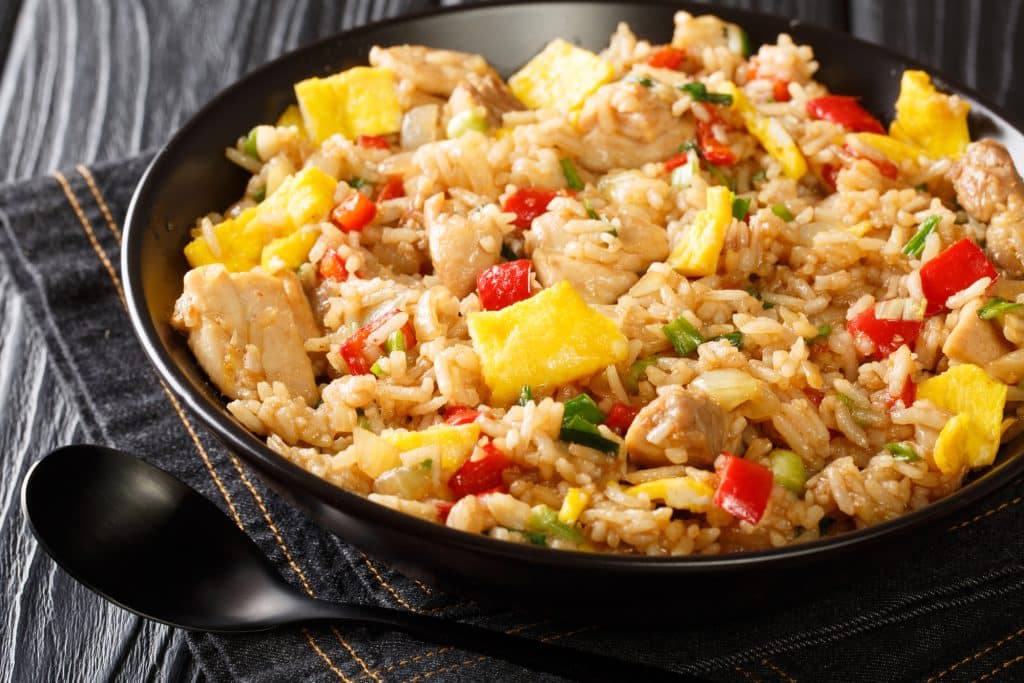
Migration not only moves people around the world but also moves flavours, recipes and food eaten in destination countries This is the case with arroz chaufa de pollo, a Peruvian fried rice dish created by Chinese immigrants who moved to Peru. These immigrants, often paid partially in rice for their work, would use the grains to cook. Today, arroz chaufa de pollo has turned into a commonplace dish in Chinese-Peruvian cuisine. While chicken is the most frequently-used protein in this fried rice meal you can actually use any meat or seafood you like. At first glance it appears similar to the classic Chinese fried rice. The dish uses the flavours of soy, sesame, and spring onion as its primary flavour profile, with ginger and garlic also making an appearance. Egg is also commonly present with beaten eggs cooked into an omelet, that’s then sliced and added to the rice mixture. Arroz chaufa de pollo is usually eaten alongside other main dishes but is satisfying (and tasty) enough to enjoy on its own.
Nasi Goreng Kampung (Malaysia)

Nasi goreng (which literally translates to “fried rice”) is a highly popular dish in both Malaysia and Indonesia (see above for this country variation). There remains a dispute over which country can lay true claim over the dish despite nasi goreng being slightly different in each country. Nasi goreng kampung, Malaysian-style fried rice, is certainly yummy with some bold flavours and often crispy anchovies and fish sauce added to give a umami kick. The briny notes given by the fish are boosted by the addition of a small amount of Belacan paste (also known as shrimp paste). These very fishy ingredients may not be to everyone’s tastes but the result is a seriously deep flavour with little fish intensity. The addition of Kecap Manis adds a slightly sweet edge and enhances the salty hit provided by the seafood-based ingredients, with sambal providing the spice. Pretty much any protein can be added to keeps the dish filling. Often the dish is finished off with a fried egg, fried shallots, cucumber, and spring onion.
Omurice (Japan)
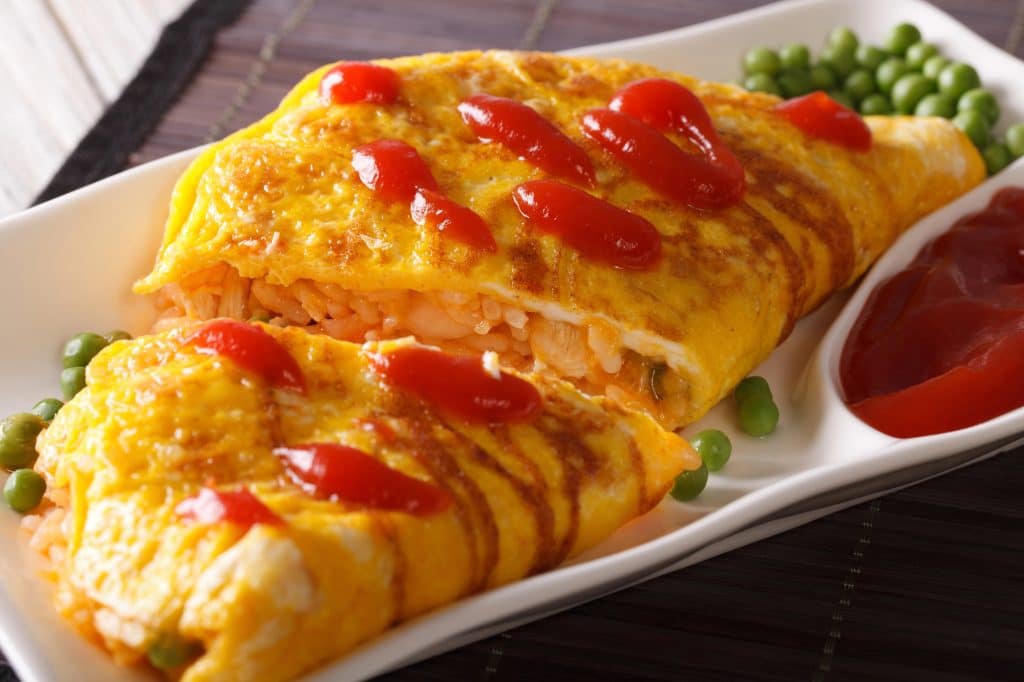
This Japanese take on fried rice impresses on two levels: its exquisite taste and its unusual serving method. Omurice combines the words “omelette” and “rice,” a clue as to what to expect when you order it as it is usually served with fluffy mound of fried rice and an omelette balanced on top. The omelette is usually sliced open with it’s creamier inside pouring down over the hot rice. The flavours of omurice hint toward its origins, which occurred when Western food ingredients like ketchup started to make their way to Japan. It is typically made with ketchup, both squirted into the rice and sometimes drizzled on top of the omelet to give the rice a tang and sweetness. Soy sauce is usually added to enhance the umami factor of the rice, which the ketchup also provides. As with other fried rice dishes, omurice is perfect for using leftover food items that need to be used up, with peas, carrots, and protein often added. However, the star attraction of this rice dish is often the creamy omelette on top.
Paella (Spain)
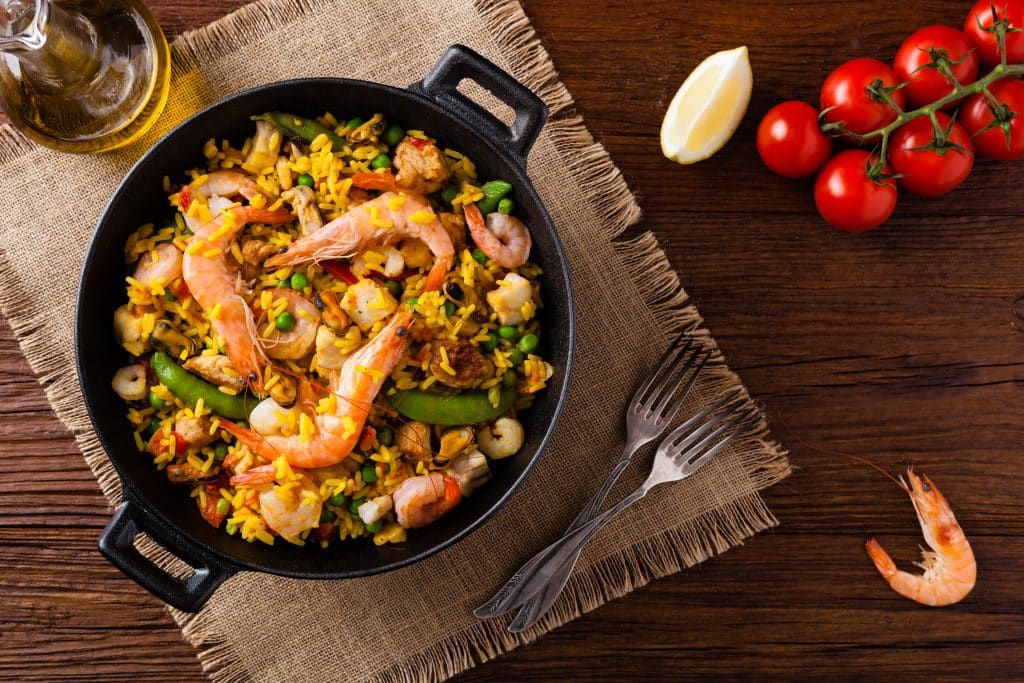
This dish is one of the more colourful version of a fried rice dish. Originating in Valencia, paella is separated from other fried rice dishes by its cooking method, flavours, and the unique dish it’s traditionally prepared in. Instead of the rice being pre-cooked and seared in a hot wok, the rice is fried raw and simmered with other ingredients in a wide, flat pan. In addition to making the whole dish look stunning it also makes sure that the rice cooks evenly and crisps gently on the bottom. Usually paella is made with short-grain rice like the Bomba grain because it has a hardiness which allows it to hold together during the long simmering times. The flavours of classic paella are distinctive in that it gains both taste and colour from the addition of saffron (a luxurious, ruby-red spice that imparts golden tones into the rice). As Valencia is a coastal city, paella often contains seafood as the protein, with mussels and shrimp commonly incorporated into the dish. However, chicken, chorizo, and even rabbit can be used.
Tahdig (Iran)
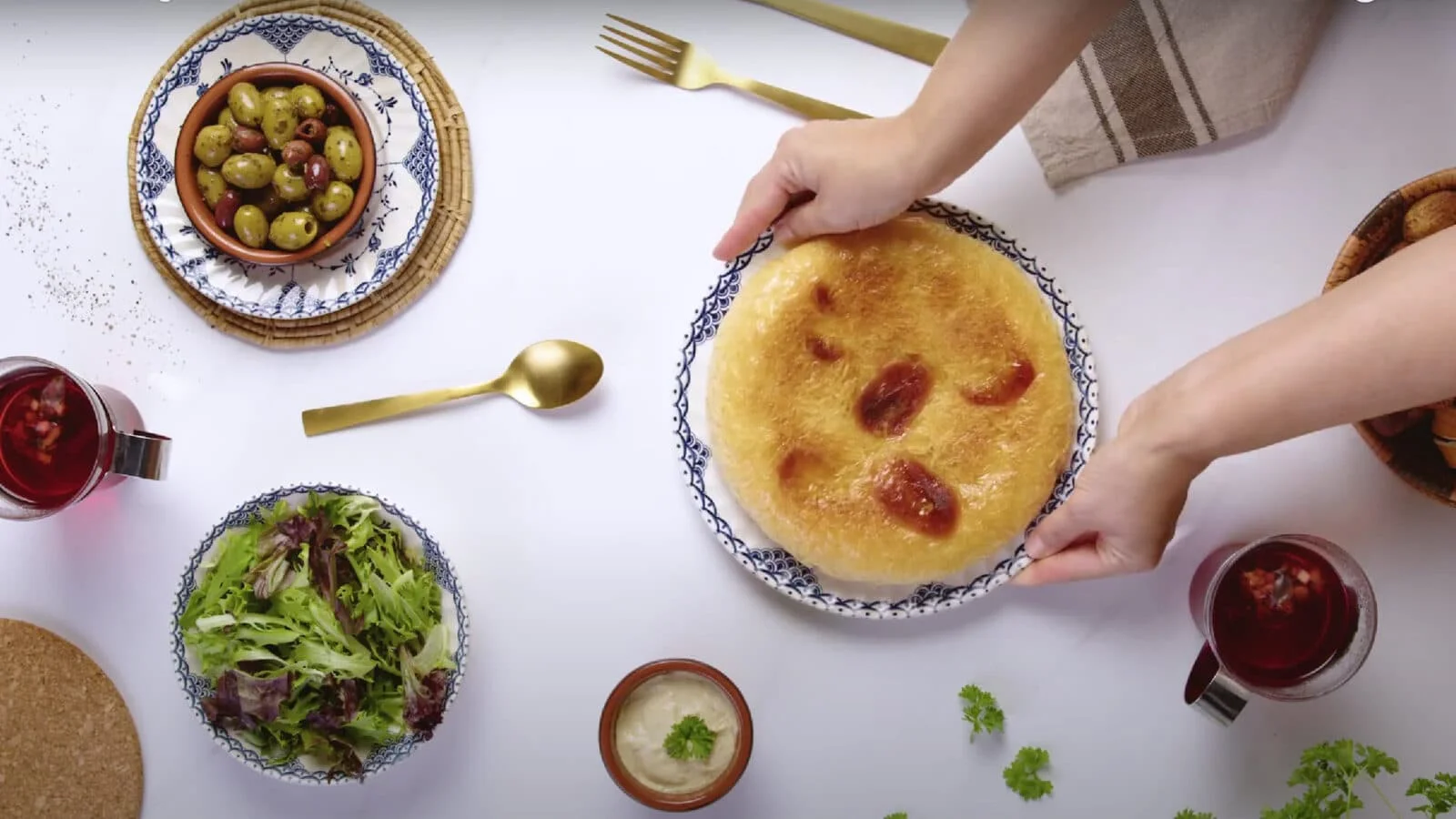
Like Paella, Tahdig rice can also be striking in appearance. Originating in Iran, this dish contrasts from the fried rice recipes you may be accustomed to with it resembling a crusty cake. Tahdig is made by layering rice on top of a base coating often using a mixture of rice, yogurt, and spices, in a large pot. Then, the heat is cranked up, and the dish is left to steam together, while the bottom layer of rice fries and crisps up. The result is apparent when you serve the tahdig, by flipping it out onto a plate in one go. The bottom layer of rice becomes crispy and crunchy, with a deep golden color. The rest of the rice, meanwhile, remains soft and fluffy. Tahdig often contains lashings of butter to make it extra indulgent, and it can be prepared to be sweet, savory, or both. Try throwing cherries and sultanas into your tahdig, or add nuts, potatoes, and savory spices. And the best part is, tahdig can be eaten for any occasion, as a main meal, or accompanying a range of foods.
Yakimeshi Fried Rice (Japan)
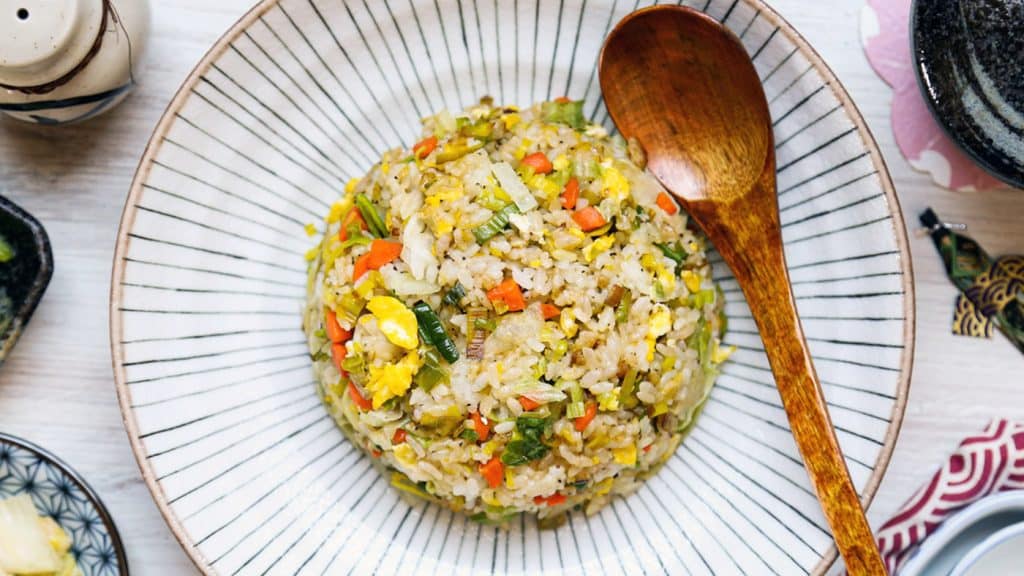
Chahan (Japanese: チャーハン/炒飯, Hepburn: chāhan), also known as Yakimeshi (Japanese: 焼飯 or 焼き飯), is a Japanese fried rice dish prepared with rice as a primary ingredient and myriad additional ingredients and seasonings. The dish is typically fried, and can be cooked in a wok. Chahan may have originated in the 1860s from Chinese immigrants arriving at the port of Kobe. Chahan is a staple food in homes in Japan. Some restaurants outside Japan serve the dish as a part of their fare. Chahan is a Japanese fried rice dish that is typically fried, and can be cooked by stir frying it in a wok. Rice is used as a primary ingredient (usually short grain), and a wide range of additional ingredients can be used including scrambled egg, vegetables, onion, garlic, edible mushrooms such as shiitake, tofu, pork, as well as seafoods such as crab meat, roe, and shrimp. Oils such as canola oil, sesame oil and sunflower oil are used to fry the dish. The dish can be seasoned with soy sauce, oyster sauce, sesame oil, salt, pepper and katsuobushi, a dried and flaked tuna product. Shiso, an Asian culinary herb, may also be used to flavour chahan. Nori, a dried edible seaweed product, can be used as a garnish.
Sinangag Garlic Fried Rice (Philippines)

In the Philippines, rice is THE most essential staple. Enjoyed in the morning, lunchtime, dinner, and for snacks (including dessert). Sometimes, we cook too much of it and then there are left-overs. Like most fried rice recipes, this dish from the islands of the Philippines is perfect for using old leftover rice. Loaded with fragrant garlic bits, this Filipino-style fried rice makes a delicious and filling side dish for breakfast or any time of the day meal. The ingredients are obviously heavy on the garlic with the addition of soy sauce and sometimes peas and/or corn. It is also good to pair with ‘silog’ (a filipino meal). Silog can be composed of fried egg “sunny side up” which can be served with various viands or ulam, often fried as well, and usually meat dishes such as tapa, longganisa or ham. The name of the accompanying meat dish determines the portmanteau name of the silog; for example, the former three would be known as tapsilog, longsilog, and hamsilog.
Yum Asia Fried Rice (Greedy Panda Chef In House)

Our Yum Asia fried rice recipe is a combination of simple Chinese egg fried rice combined with elements from Thai fried rice. It’s very close to the kind of fried rice you would get when ordering in a Thai restaurant (in Thailand).







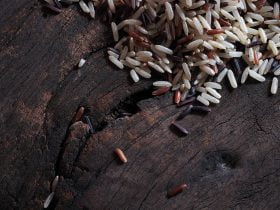
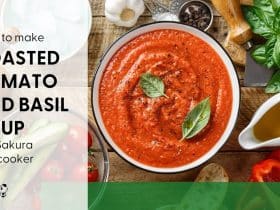
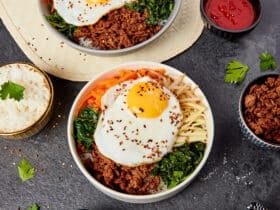

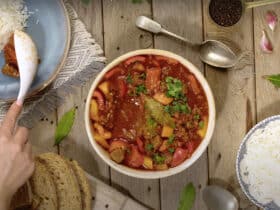
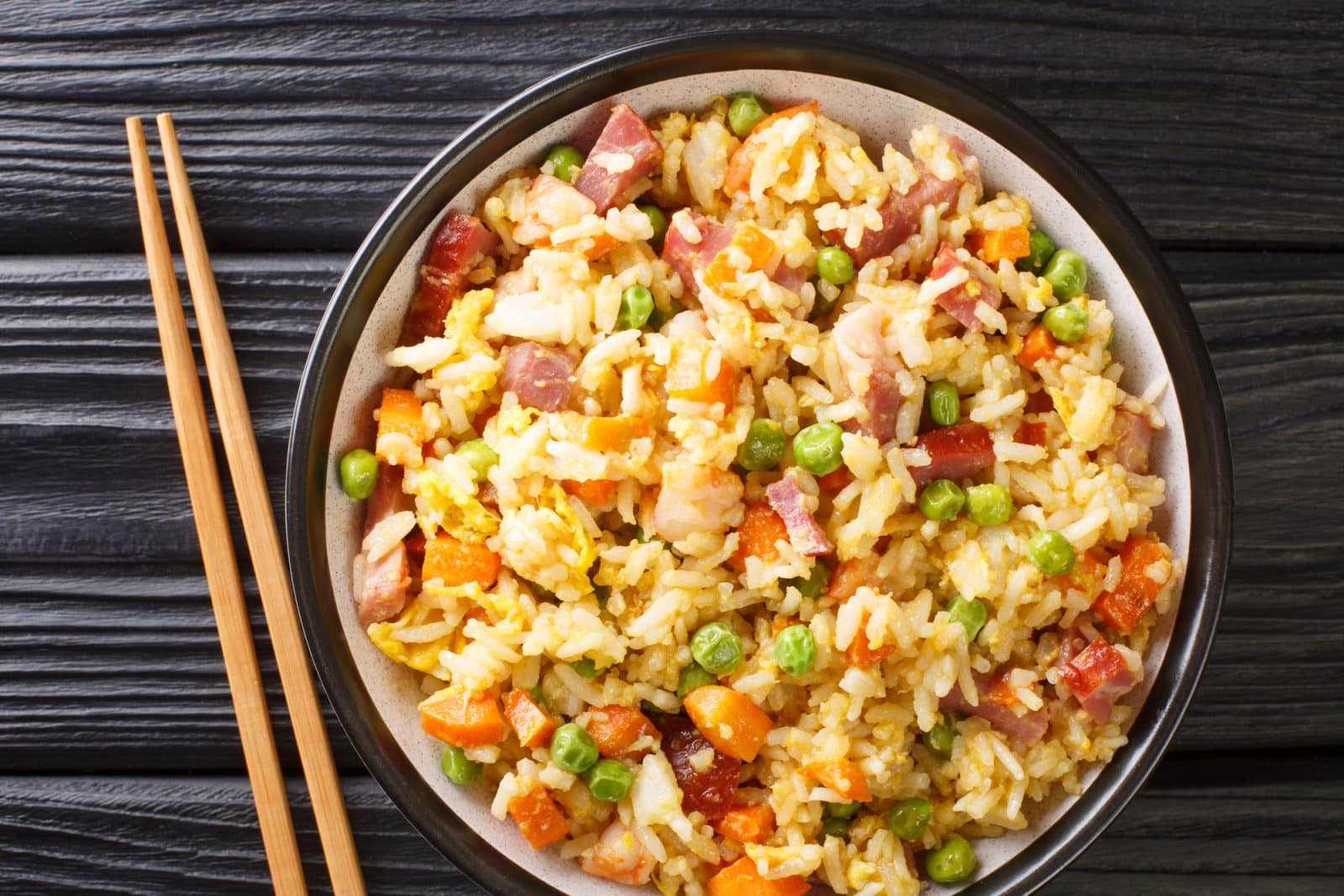


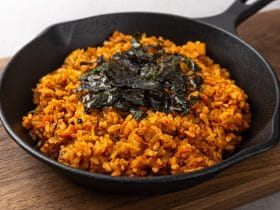


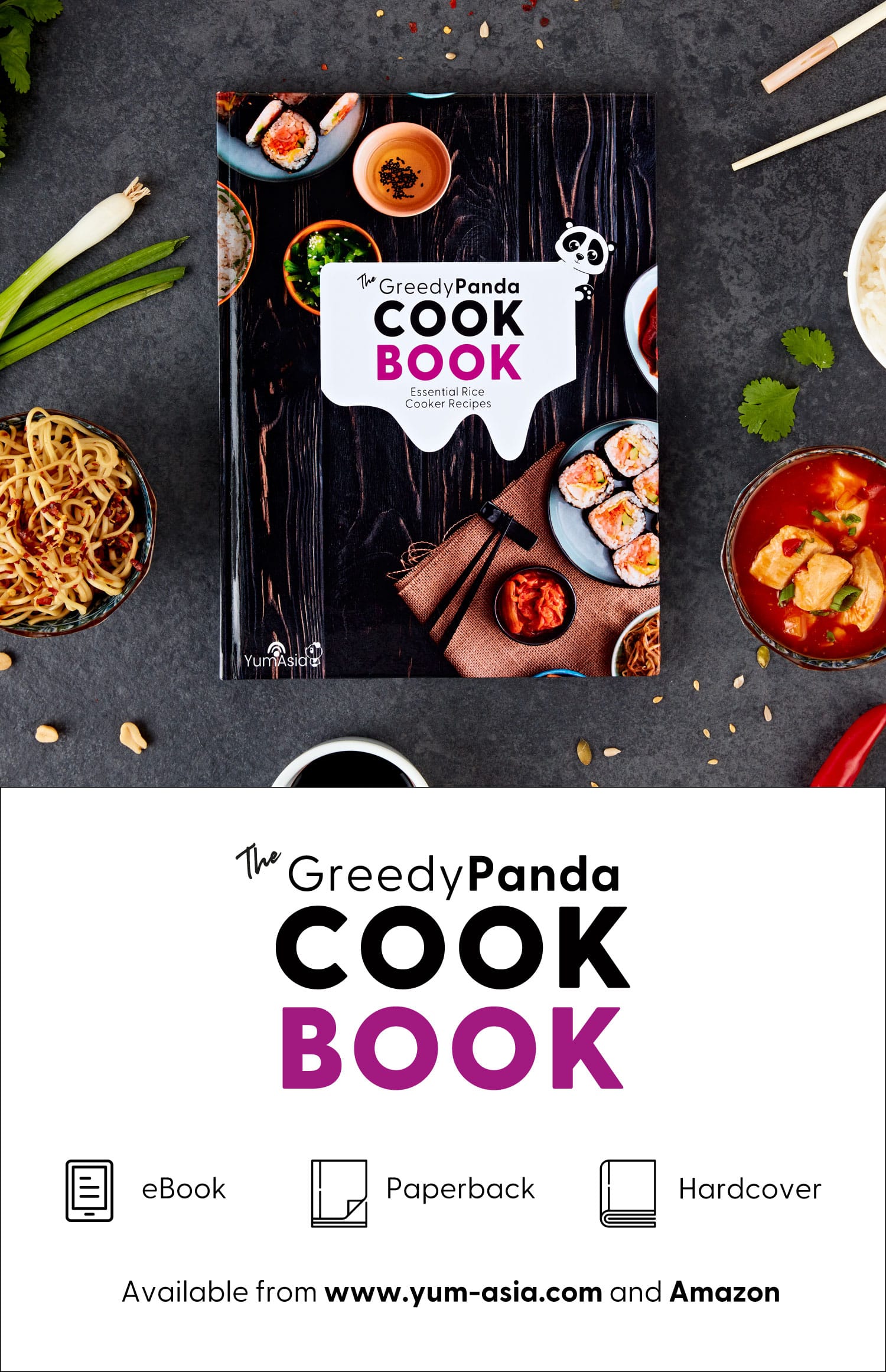

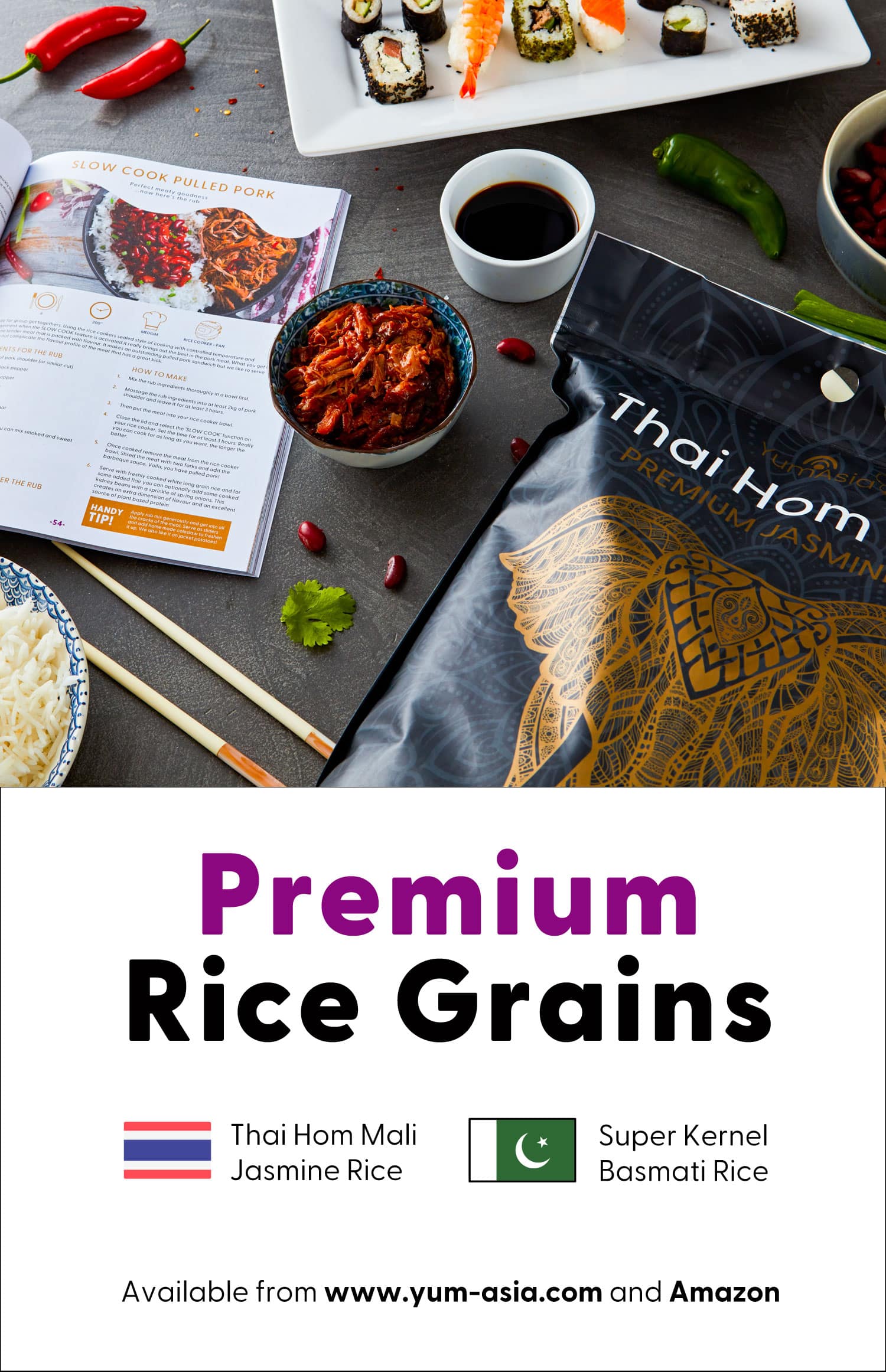



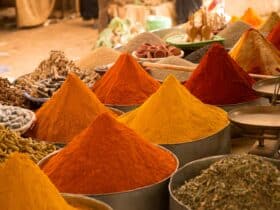

Leave a Reply